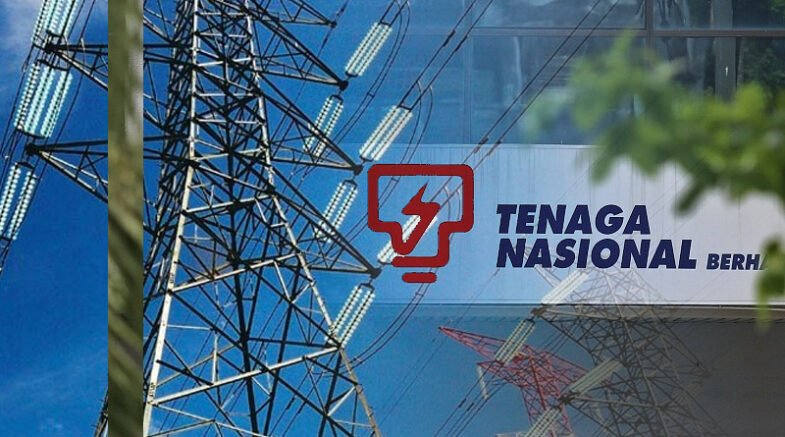The national transmission grid is expected to need investments totaling US$4.8 billion from now until 2030, according to the energy transition outlook report.

Malaysian national power grid has the capacity to absorb more energy from RE sources up until 2030 without compromising grid stability, claims Francesco La Camera, director-general of the International Renewable Energy Agency (Irena).
La Camera asserted that investments in the future Malaysian national power grid must be made right away to guarantee continuity throughout the energy transition.
“At the moment, Malaysia is not in a hurry, but obviously, the grid has to evolve to make it possible for even more RE sources to come in,” he told The Edge on the sidelines of the launch of the Malaysia Energy Transition Outlook.
“Once you are confident that you can deliver the electricity and receive payment in return, this will also increase the appetite for investments. According to La Camera, it is one of the more important initiatives to support increased RE capacity.
According to the Irena Malaysia Energy Transition Outlook Report, installed renewable generation capacity in Malaysia (excluding battery storage) is predicted to reach up to 33% of total capacity by 2030.
The national transmission grid is expected to need investments totaling US$4.8 billion from now until 2030, according to the energy transition outlook report.
The report found that in order to accelerate Malaysia’s energy transition and keep the nation on a path towards climate safety, the nation needs to install a sizable amount of new solar energy capacity to the grid, up to 1.4 GW of new solar energy capacity annually in the period.
Undoubtedly, Tenaga Nasional Bhd, the grid operator in Malaysia, is spending RM7 billion annually until 2024 on its Grid of the Future programme, which also includes the goal of connecting the Asean power grids.
In order to address system stability concerns, the Energy Commission reported in 2021 that it planned to install five battery energy storage units with a combined capacity of 100 MW annually into the system between 2030 and 2034.
Energy subsidies for fossil fuels are the biggest short-term obstacle to advancing investments in RE The issue of energy subsidies that are heavily biassed in favour of fossil fuels is one of the biggest barriers to installing RE generation in the short term.
According to La Camera, Irena’s research revealed that RE is the least expensive form of electricity in four out of five places on the planet. He believed that Malaysia and other nations that produce hydrocarbons are also affected by this in large part.
Subsidies will continue to protect consumers from the true cost of energy as long as they are used. He stressed the importance of focusing incentives and investments on long-term, beneficial, and sustainable uses.
Giving RE the opportunity to compete on an equal footing in the technological arena is the main concern. When someone asserts that we need new technological advancements to address climate change in an effective manner, we at Irena make it clear that their goal is to postpone the energy transition, according to La Camera.
